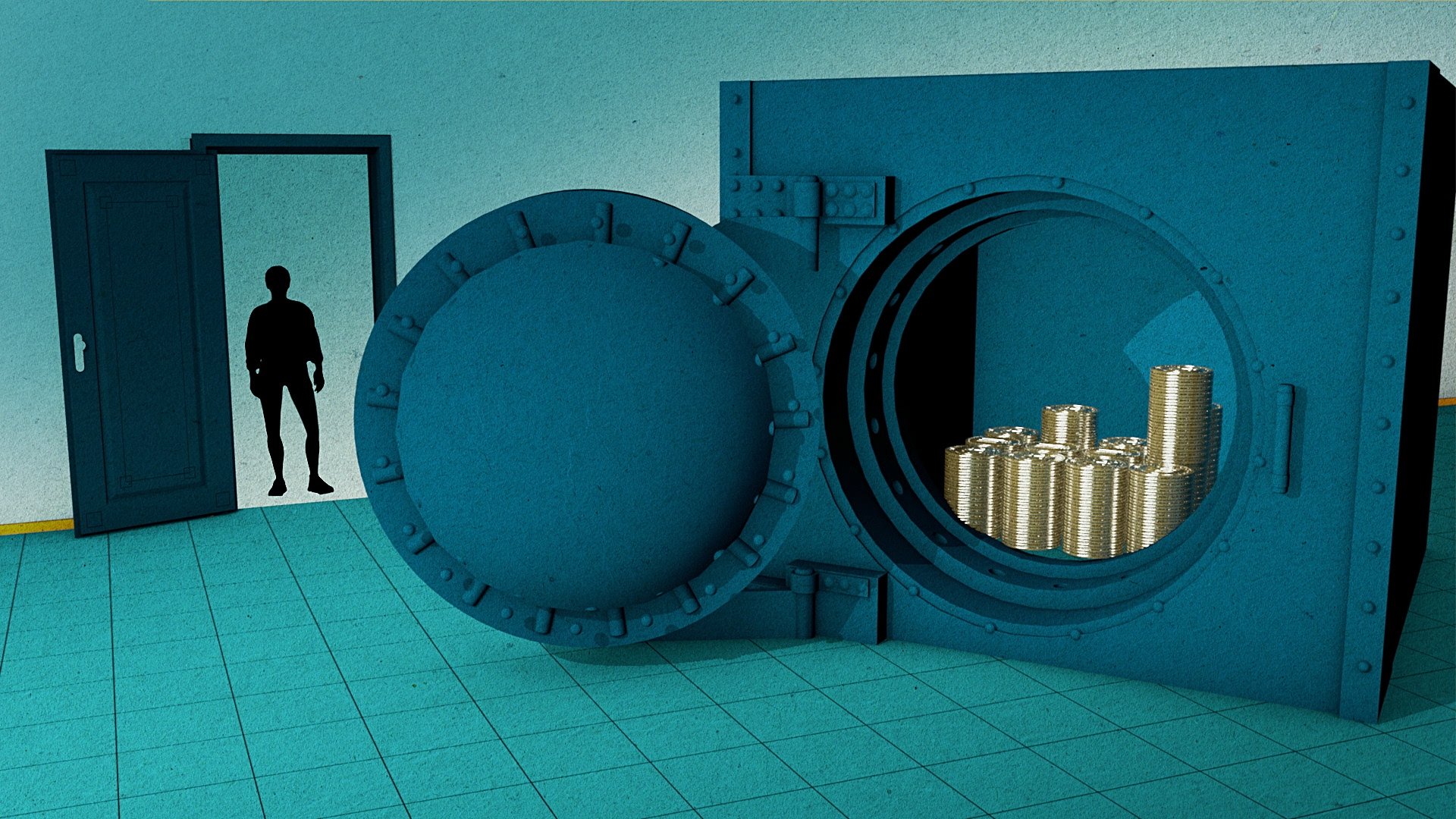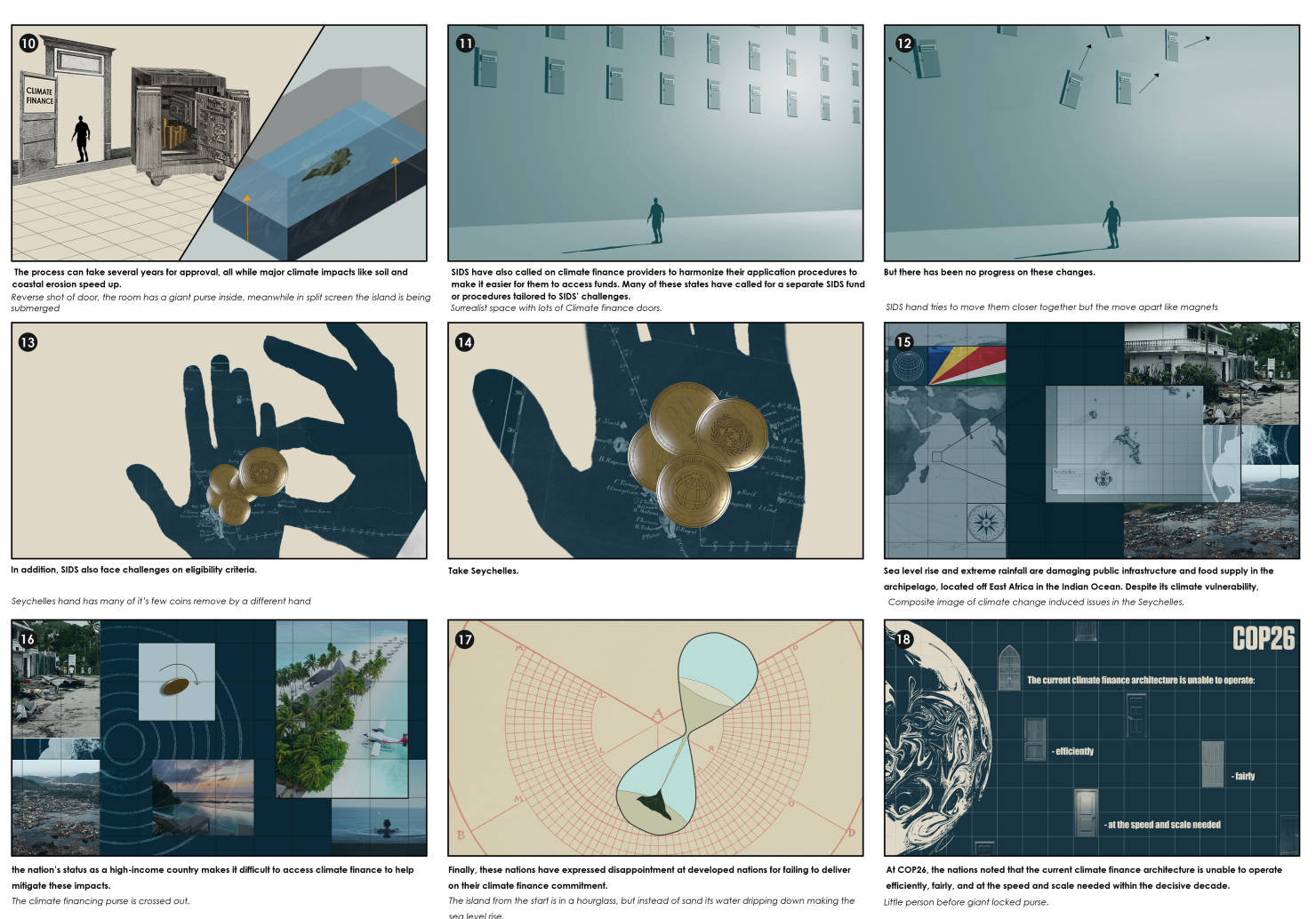Small Island Developing States - Access to Climate Finance
About the Animation
Sketch was commissioned by the US think tank Carnegie Endowment for International Peace to produce an animation about access to climate finance for the Small Island Developing States (SIDS). We worked with the academic Darshana M. Baruah, whose primary research focuses on maritime security in the Indo-Pacific and the role of islands in shaping great power competition. At present, the Small Island Developing States have limited access to climate finance. Despite being hit hard by climate change while only contributing to 1% of global carbon dioxide emissions, these states only had access to $1.5 billion out of $100 billion in climate finance pledged to developing countries in 2019. There’s a need to ensure that small states can access funds, particularly as many of them are first in line to experience the devastating impact of the climate emergency.
Please get in touch at projects@sketchfilms.co.uk to discuss any project you have in mind. We have produced animations and infographics on a wide range of subjects from the impact of artificial intelligence and Deep Fakes to vaccine diplomacy during the Covid pandemic.
Animation Script
Island nations are facing outsized impacts from climate change. Many of these nations that share unique vulnerabilities and goals banded together in 1992 to form the Small Island Developing States, or SIDS—a group that the UN notes are the most economically vulnerable of all groups of developing countries. These countries also face a significant challenge in accessing funds to help mitigate climate impacts, known as climate finance.
SIDS contribute to 1 percent of global carbon dioxide emissions, but they only had access to $1.5 billion out of $100 billion in climate finance pledged to developing countries in 2019.
Among their challenges in accessing climate finance are issues of manpower and competition for funds with larger developing nations. For example, SIDS go through the same procedures for accessing finance as large states like India and China might, and while they might have twelve staffers devoted a project, larger nations might have fifty people. The process can take several years for approval, all while major climate impacts like soil and coastal erosion speed up.
SIDS have also called on climate finance providers to harmonise their application procedures to make it easier for them to access funds. Many of these states have called for a separate SIDS fund or procedures tailored to SIDS’ challenges. But there has been no progress on these changes.
In addition, SIDS also face challenges on eligibility criteria. Take Seychelles. Sea level rise and extreme rainfall are damaging public infrastructure and food supply in the archipelago, located off East Africa in the Indian Ocean. Despite its climate vulnerability, the nation’s status as a high-income country makes it difficult to access climate finance to help mitigate these impacts.
Finally, these nations have expressed disappointment at developed nations for failing to deliver on their climate finance commitment. At COP26, the nations noted that the current climate finance architecture is unable to operate efficiently, fairly, and at the speed and scale needed within the decisive decade.
As climate change increasingly becomes the center of foreign policy engagements and great power competition, developed nations must understand the realities of SIDS and the challenges in accessing international climate finance. Effective solutions will have to address issues of accessibility, especially for the island nations at the epicenter of both the climate crisis and the great power competition across the Indo-Pacific.










